Space Jam: A New Legacy delivered a slam dunk at the box office earning over 162 million worldwide. This second feature-length offshoot of Nike’s 1992 Super Bowl Hare Jordan commercial debuted at number one on opening day, eventually becoming a global sensation. Although many critics dismissed it as a tired exercise in IP-driven branding, fans gave Hollywood 162,892,228 reasons to continue expanding commercials beyond the confines of their 30-second border, to become television series and feature films.
Advertisers often have only one minute to provide viewers with a story, characters, and a journey. Yet some commercials are so exceptional that they influence popular culture to resonate with a generation. Not many make the cut, but those that do are worth remembering.
7 Uncle Drew
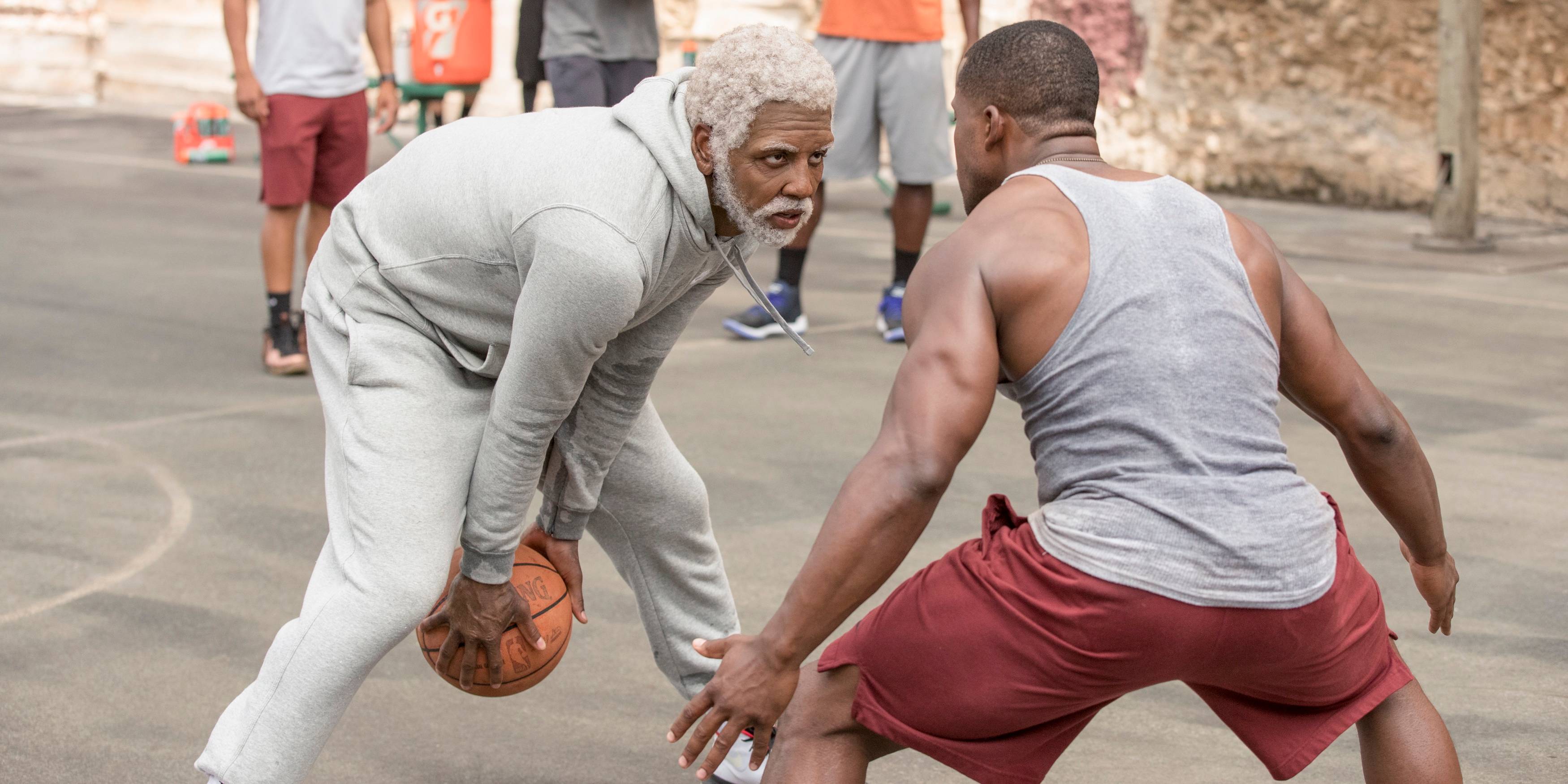
In 2012 Pepsi Max launched their “Uncle Drew” ads featuring All-Star NBA great Kyrie Irving disguised as the elder aged Uncle Drew. The campaign was fun and effective; His nephew invites uncle Drew to enter a pickup game after a player gets injured. To the surprise of his younger counterparts, Uncle Drew begins to take them to task as he dribbles, passes, and dunks on them with the dynamic skill and fervor of a youthful Kyrie Irving. The initial ad was a hit and received over 22 million views on YouTube, with the preceding ads generating over 118 million views.
In 2018 Lions Gate released Uncle Drew, an anti-ageist comedy about a man’s dream to win the Rucker Classic streetball tournament in Harlem. The film starred Kyrie Irving as Uncle Drew and a slew of marquee players like Shaquille O’Neal, Chris Webber, Reggie Miller, and Lisa Leslie. Many fans forgave the light-hearted comedy for being short on depth and character development, choosing instead to enjoy the ride and watch their favorite players do what they do best. Play ball! Uncle Drew grossed 46.5 million worldwide.
6 The Steeler And The Pittsburgh Kid
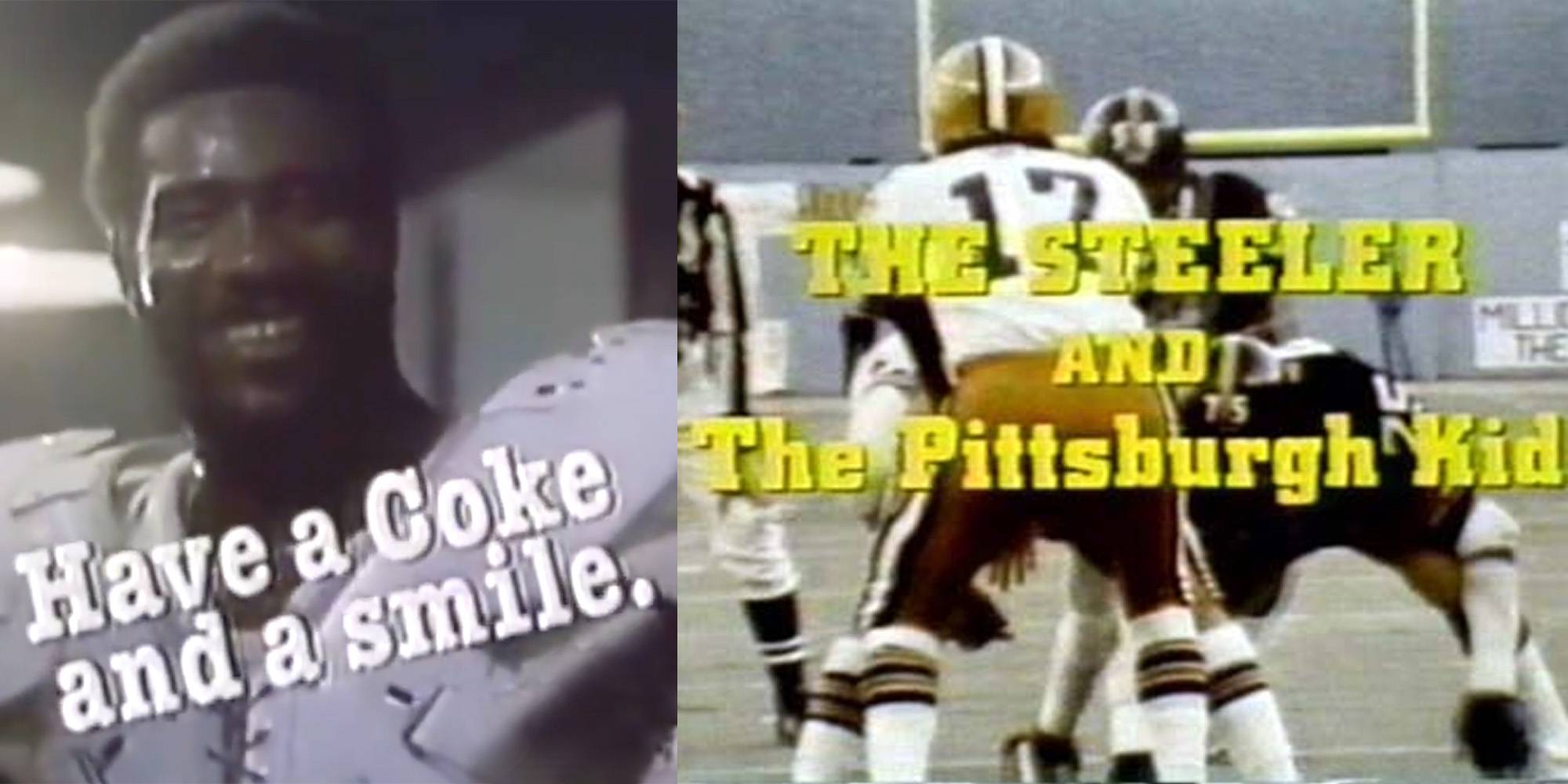
In 1979 Coca-Cola put out an ad that captured the heart of America. The commercial featured Pittsburgh Steelers defensive tackle “Mean” Joe Green as he limped to the locker room after sustaining a game injury. A young boy follows behind him and attempts to cheer him up by offering him a coke. Green begrudgingly accepts the coke and, before the little boy leaves, calls out to him with the iconic line, “Hey kid, catch!” and throws him his jersey. The kid leaves happy, and a collective “Awe” is heard in homes across America.
The commercial won a Clio Award for being one of the best commercials of 1979 and is listed by T.V. Guide as one of the top ads of all time. In 1981 NBC aired The Steeler and The Pittsburgh Kid, a television movie about a football team that temporarily adopts a 9-year-old boy, who Joe Green takes under his wing as they learn some valuable lessons from each other. The television movie was a success, and Henry Thomas, who played the boy, went on to play Elliott in Steven Spielberg’s E.T. the following year.
5 Cavemen
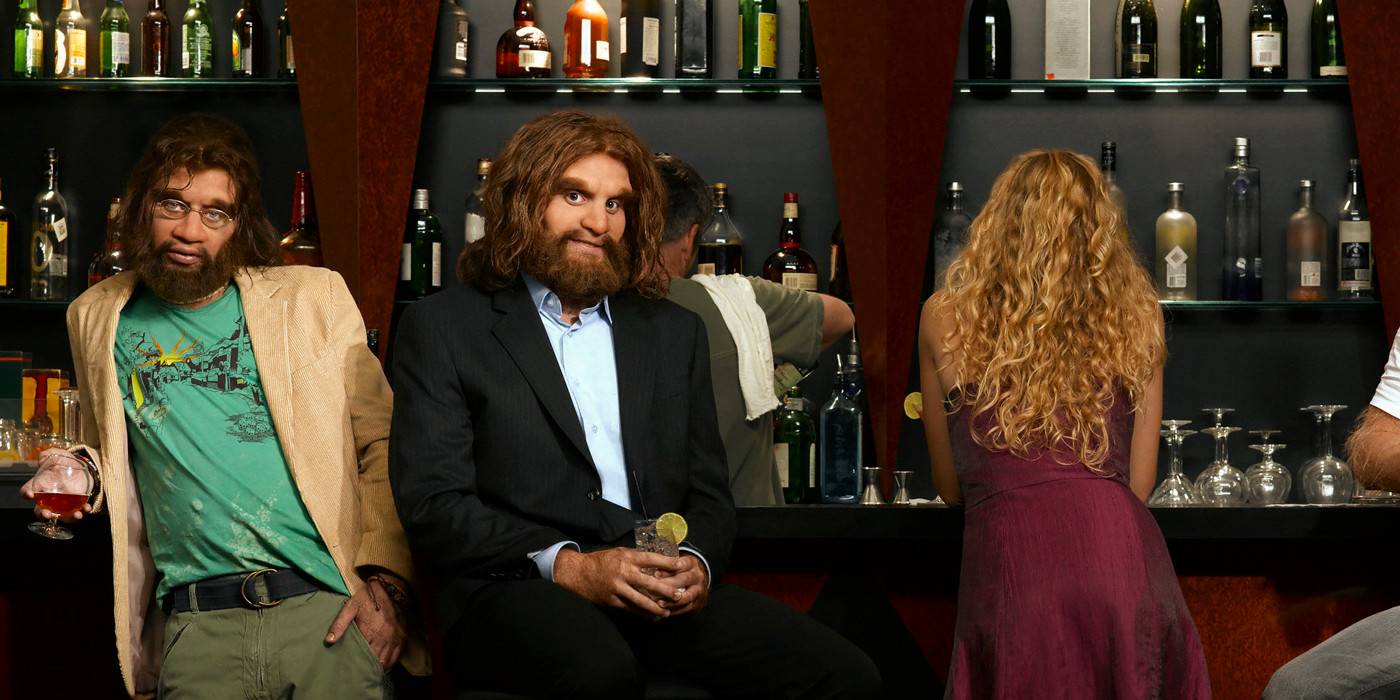
In 2004, Geico did an ad touting how easy their website was to use. They said that it was so easy a caveman could do it. To poke fun at the ad’s success, Geico followed it with a set of ads showing sophisticated cavemen who were appalled by the short-sighted prejudice of the Geico ads. The commercials featured a cultured urbanite “caveman,” who was visibly dismayed after coming across a Geico billboard depicting him as, well… a caveman. The ads were such a massive success that a faux trailer about a caveman movie began to make the rounds on Youtube.
ABC loved the idea and hoped a sitcom based on the commercial premise would be just as popular. In 2007, Cavemen aired on ABC, featuring three troglodytes struggling to live in modern America. The response was swift, and the reviews were terrible. After six episodes, the show was canceled and is listed on the “Worst Sitcoms Ever Made” list.
4 Space Jam
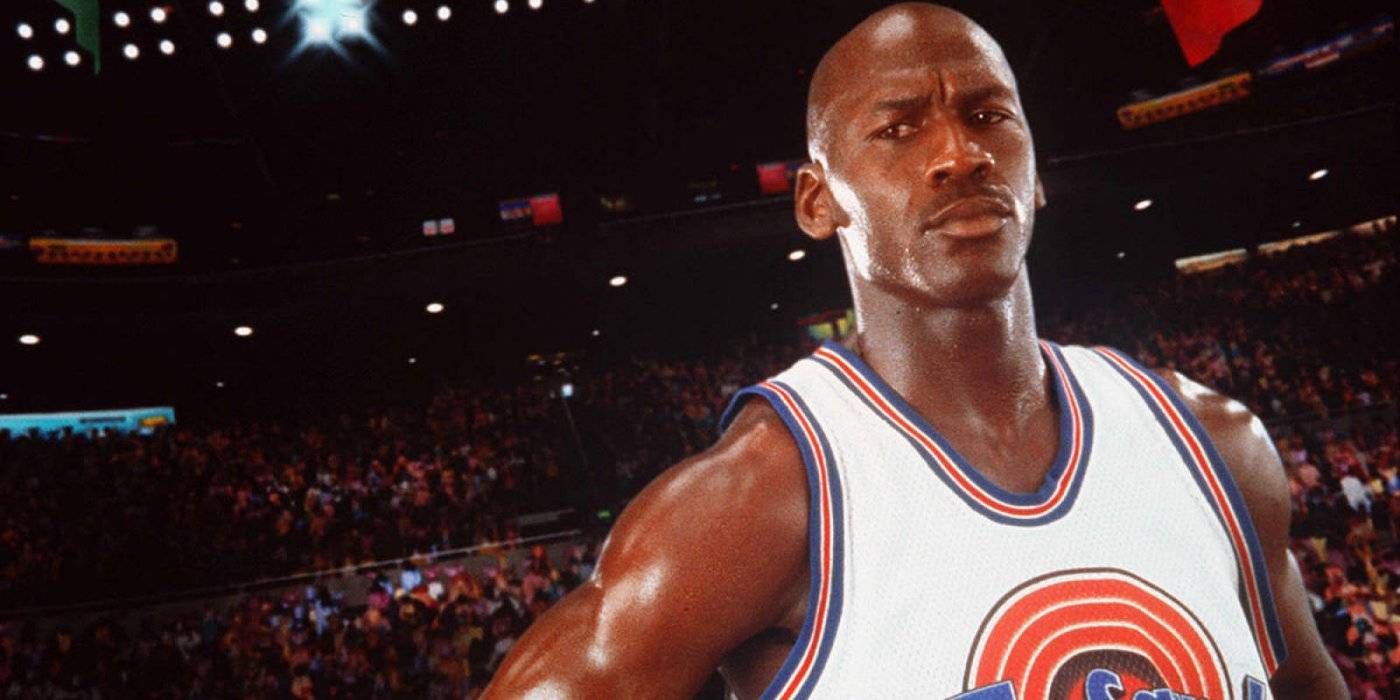
During the 1992 Super Bowl, Nike aired their prolific Hare Jordan ad, starring basketball phenom Michael Jordan and iconic Warner Bros animated character Bugs Bunny. The ad was an instant sensation, and in response, Nike made another ad the following year, pairing the two heroes in outer space. It was magic! Bugs Bunny appealed to Baby Boomers, the animation appealed to a younger demographic, and Michael Jordan appealed to everybody.
Then, in 1996, Warner Bros decided to capitalize on the pair’s chemistry in a feature film entitled Space Jam, where Looney Tune characters seek out the help of Michael Jordan in an attempt to win a basketball game and their freedom. Filming was tedious, so Warner Bros built Jordan a basketball court to play ball between takes. Space Jam debuted as a fan favorite, with stellar reviews and a ton of Nike sales. As a result, Jordan was inspired to launch a comeback and win three more NBA Championships. To date, the film has grossed more than 4 billion dollars.
3 Max Headroom
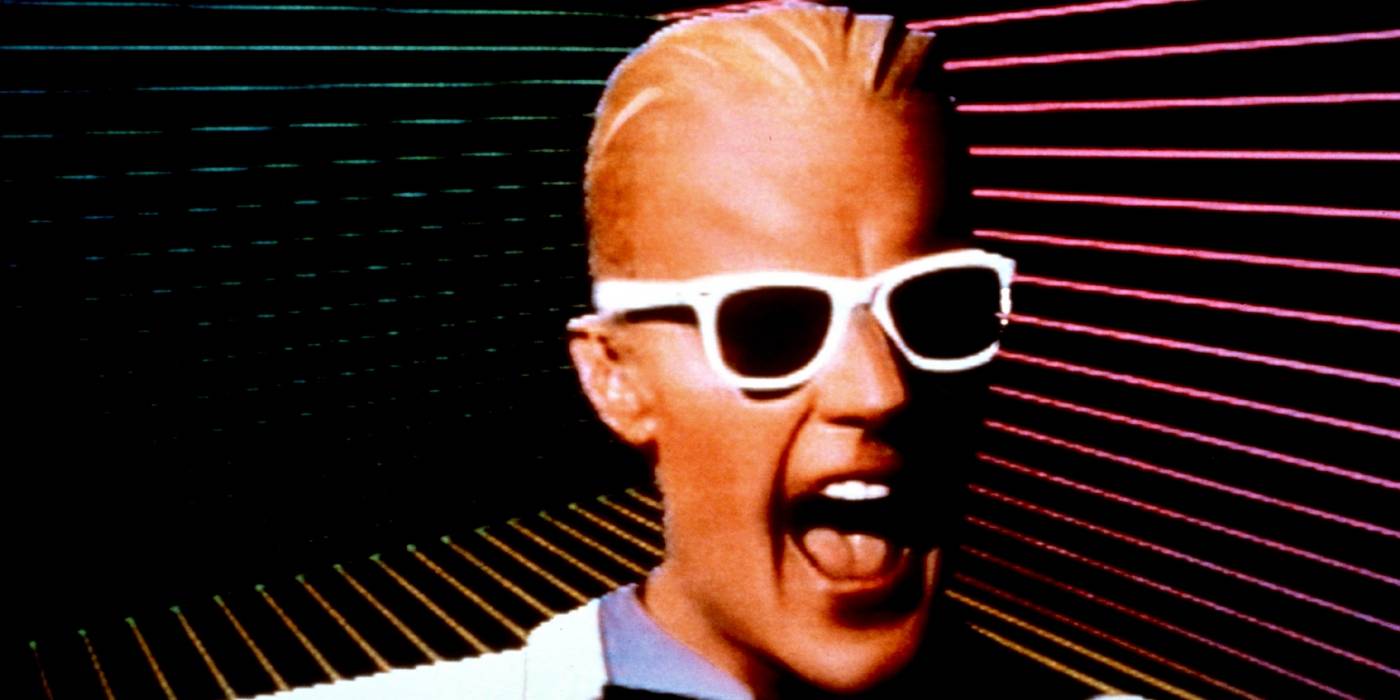
In 1986 Coca-Cola began airing ads inviting a new generation to step into the future with their “New Wave Taste Campaign” featuring tv’s first seemingly digital talking head. The character was created by George Stone and signaled the approaching dystopian future dominated by television and large corporations. Canadian-American actor Matt Frewer portrayed the Max Headroom character using prosthetics, lighting, and video editing effects.
In 1987, ABC banked on the character’s popularity with a comedy sci-fi episodic of the same name. The show lasted two seasons and centered around an investigative reporter played by Frewer, who, with the help of his colleagues and the digital version of himself: Max Headroom, exposes secrets of the oligarchy television networks who operate as the ruling class. The show enjoyed critical acclaim and was touted as being ahead of its time.
2 Baby Bob
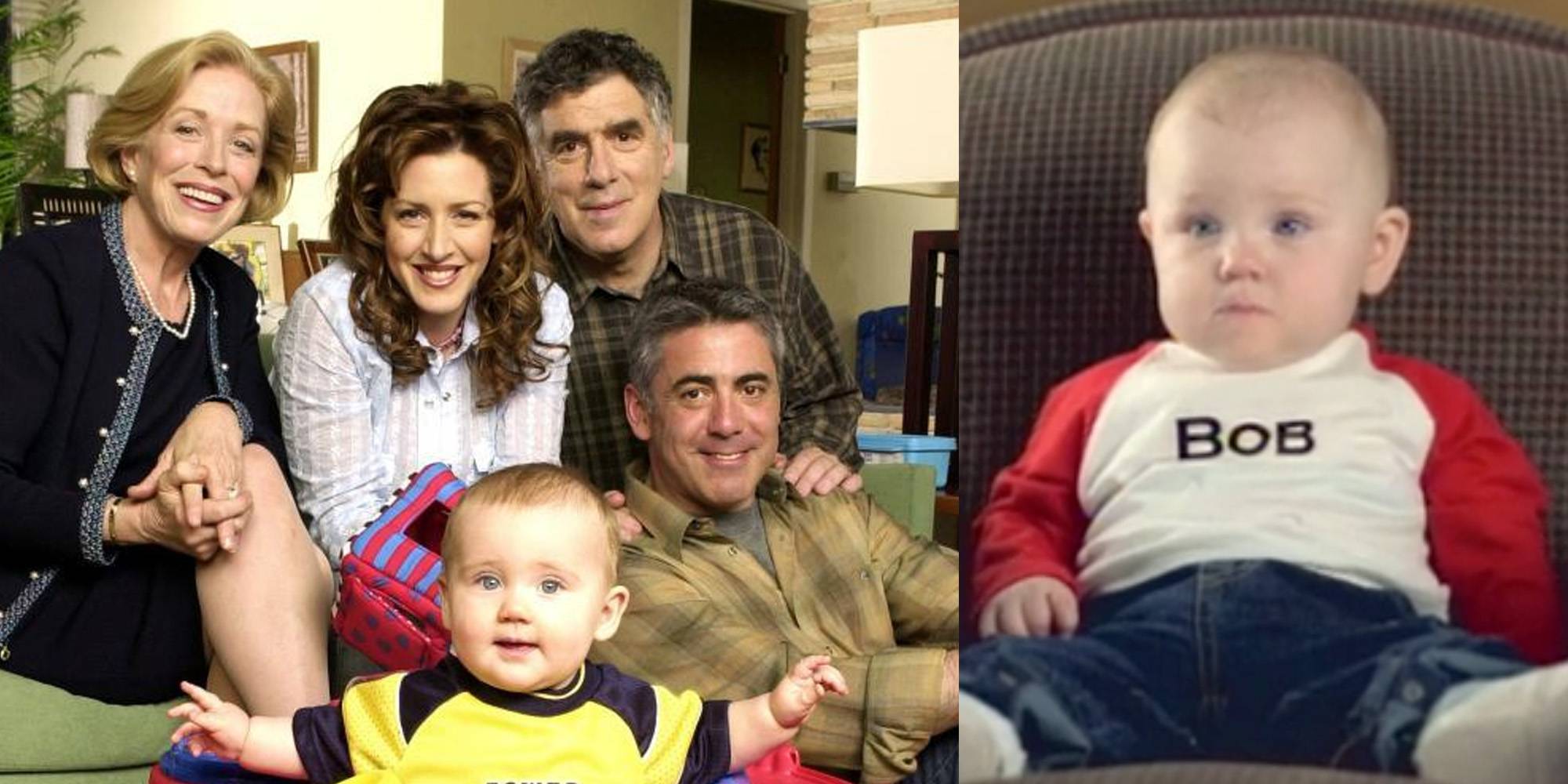
In 1999 FreeInternet.com featured a slew of ads with a talking baby stating how ridiculous it was to pay for internet service. They were a huge hit, and in 2002 CBS thought it would be a great idea to produce a sitcom with the same “talking baby” premise. The show featured actors Adam Arkin and Joely Fisher as parents of a 6-month-old baby boy who they are shocked to learn can talk.
Unfortunately, critics balked that the talking baby schtick was overdone and outdated. The writer’s attempt at making a talking baby exciting week after week fell flat. Audiences agreed with the show’s critics and weren’t very receptive to this storyline outside of a 30-second commercial. The Baby Bob sitcom was canceled after nine episodes. However, the Baby Bob concept lived on in ads for E*Trade and Quiznos and appeared most recently in the 2022 Super Bowl.
1 Hey, Vern, It’s Ernest!
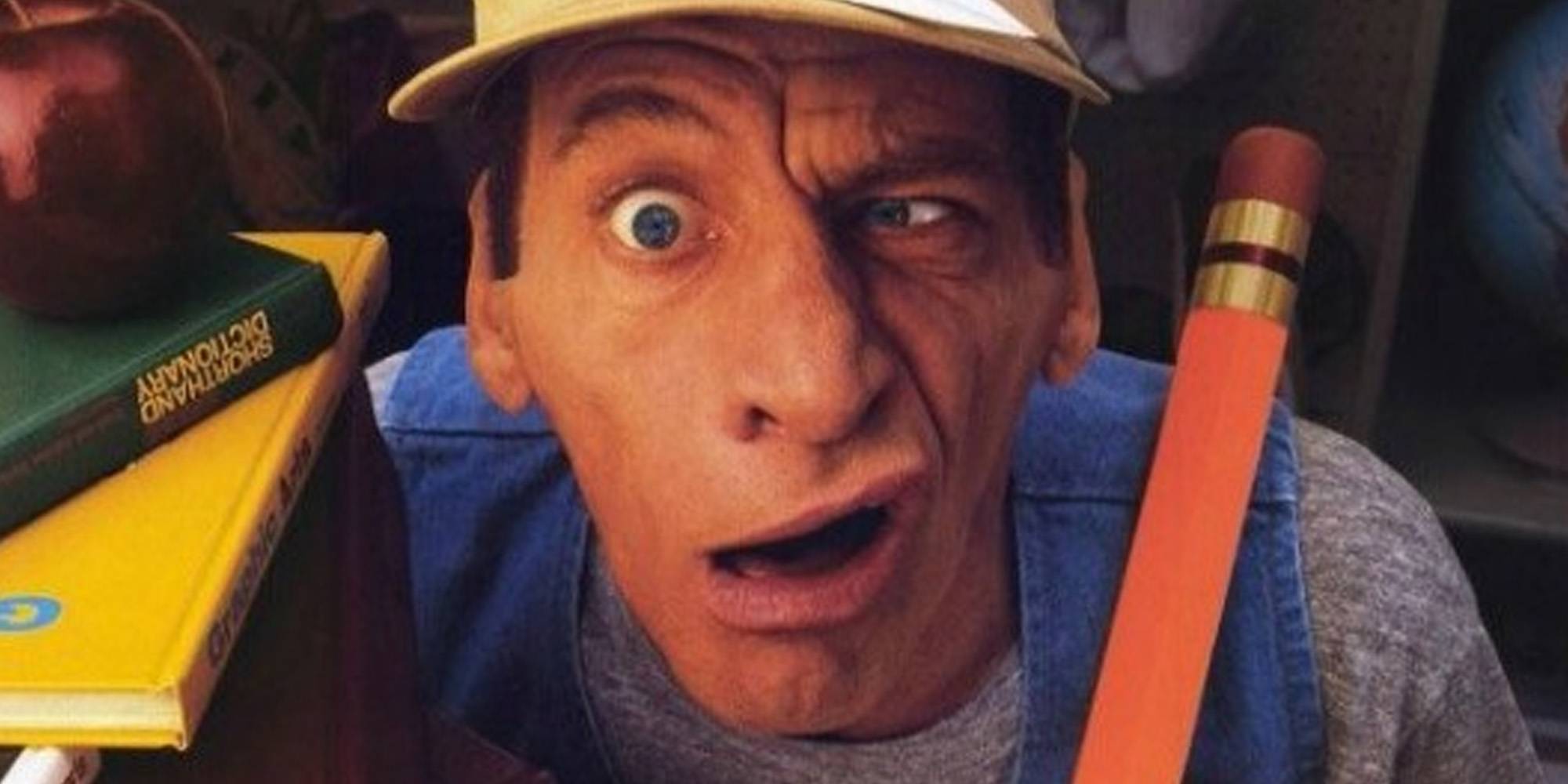
In the 1980s, actor Jim Varney and Nashville Advertising agency Carden and Cherry created the character “Ernest,” the overbearing, annoying neighbor of the never-seen fictional character “Vern.” In the commercials, Ernest, who was oblivious to his neighbor’s disdain, would show up at his door, rambling about the innocuous, until the unseen Vern eventually slammed the door in his face. Varney performed this character for local ad campaigns. Popularity for the character and his catchphrase, “Know what I mean, Vern?” began to grow, and Varney, as “Ernest,” began promoting national brands like Coca-Cola, Chex, and Taco John’s.
In 1988 Varney, Carden, and Cherry expanded the character into a children’s television show entitled, Hey, Vern, It’s Ernest!. The sketch comedy series debuted on CBS Saturday morning programming for kids, and in 1989 Jim Varney won an Emmy Award for his work on the show. Director Jack Cherry and actor Jim Varney also expanded the Ernest character into feature films, the most popular being: Ernest Saves Christmas and Ernest Goes To Jail. Each film grossed over 25 million at the box office.



